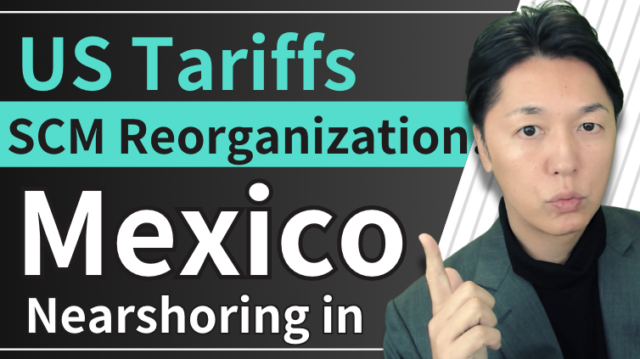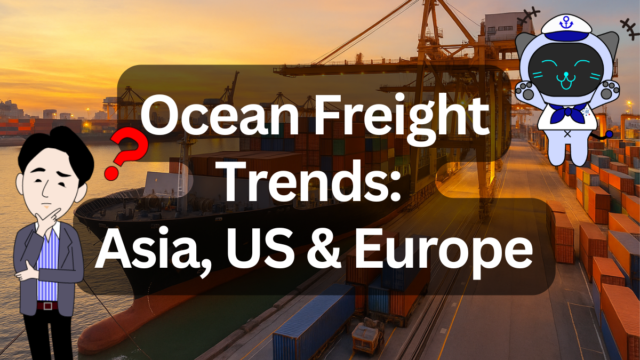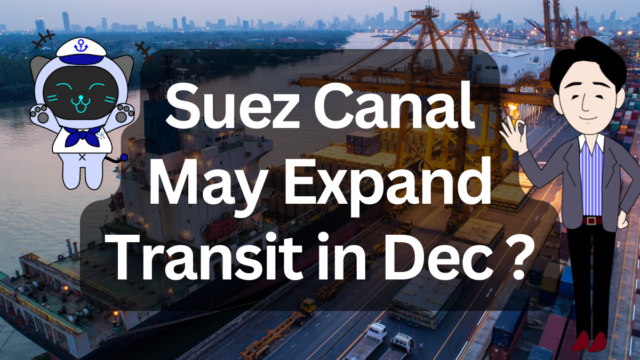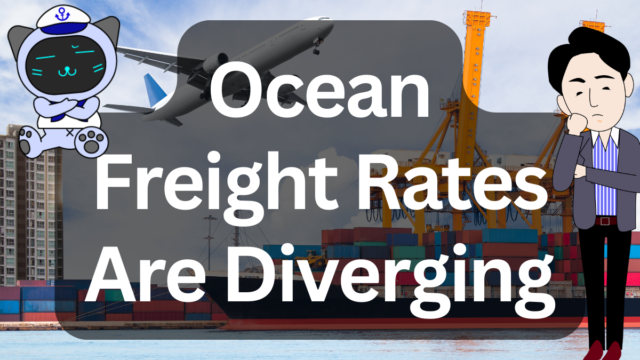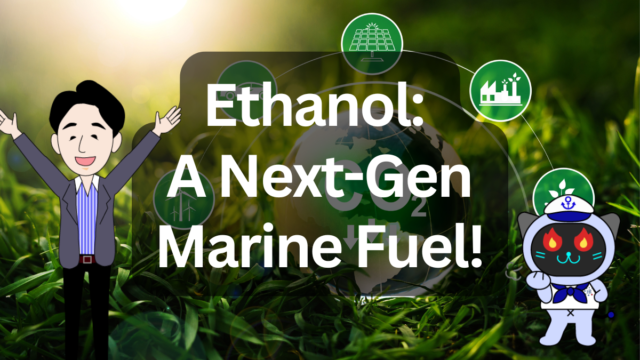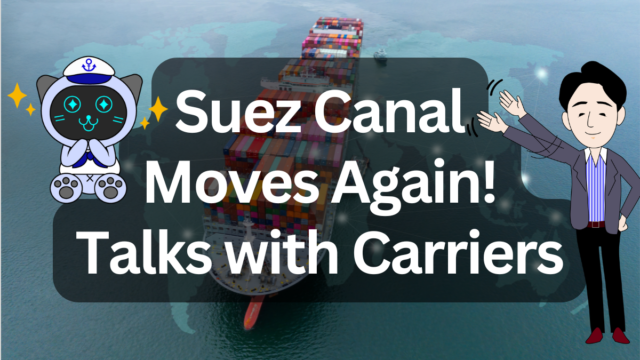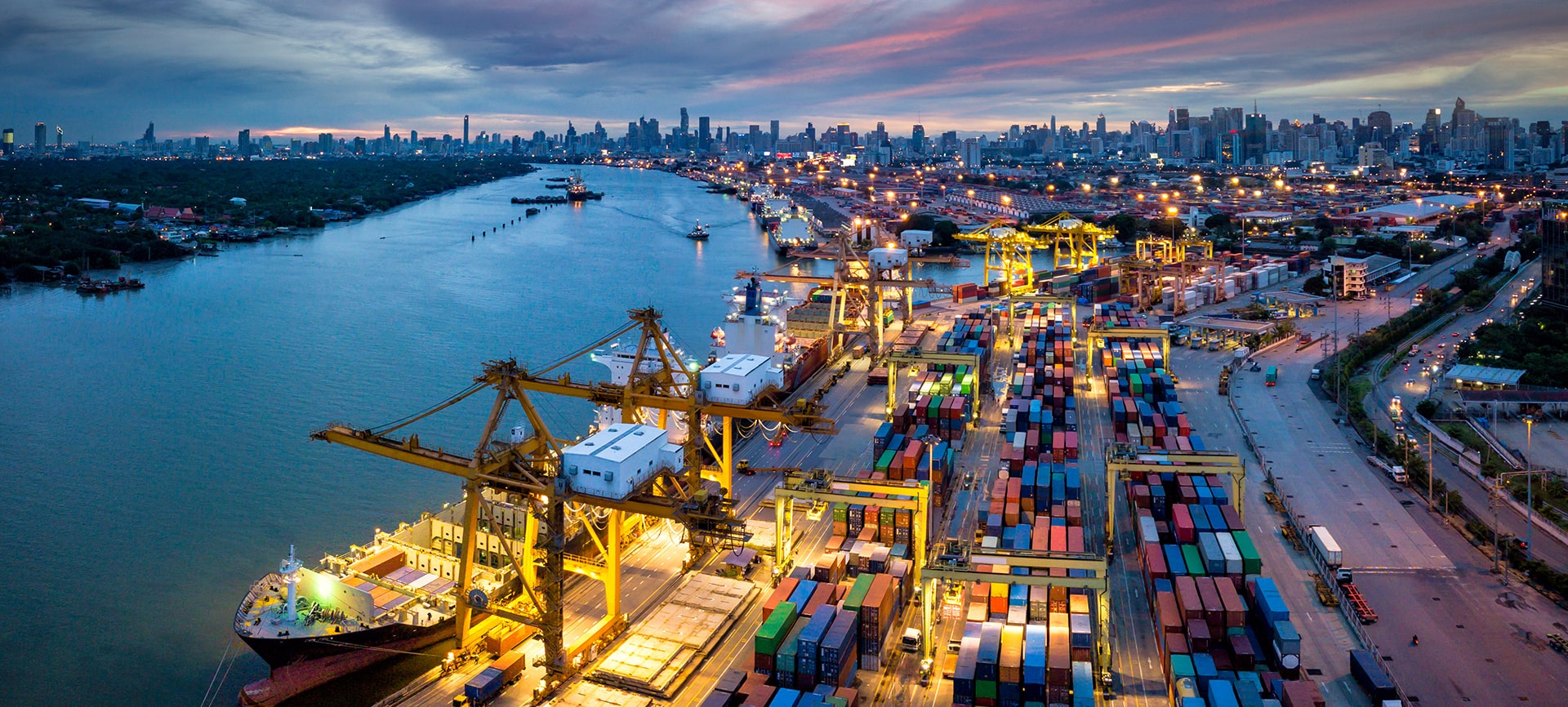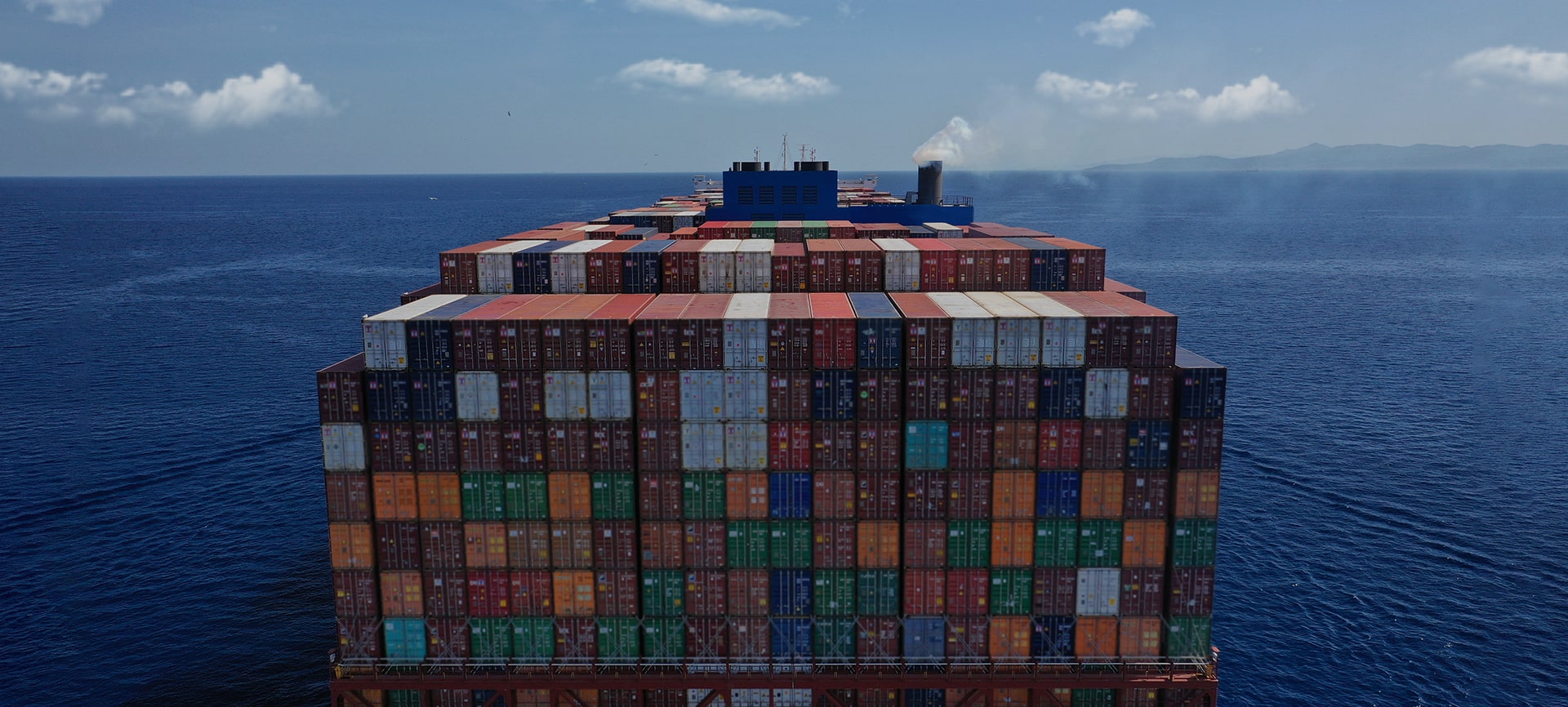Posted on: October 16, 2025 / Last updated: October 16, 2025
US–China “Maritime Tariff War” Escalates: 150 Million Yen Per Car Carrier, Retaliation Begins at Ports
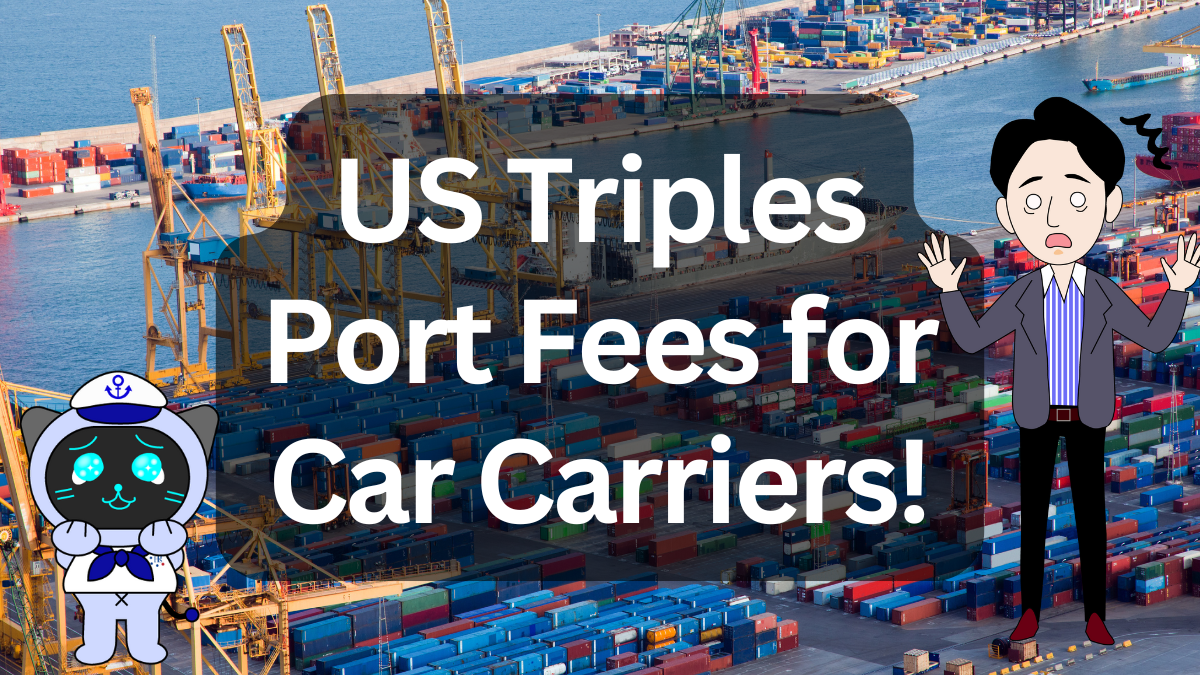
On October 10, 2025, the Office of the United States Trade Representative (USTR) announced that it would raise port entry fees for non-US-built car carriers to USD 46 per net ton.
This is more than three times higher than the revised proposal in June (USD 14).
For a large car carrier carrying 7,000 vehicles, the entry fee is expected to reach approximately USD 1.01 million (around JPY 150 million), sparking confusion and concern across the global shipping industry.
CONTENTS
Shockwaves in the Car Carrier Industry: European Major Withdraws Forecast
European car carrier giant Wallenius Wilhelmsen has withdrawn its full-year 2025 earnings forecast following the fee hike.
The company stated, “We are currently assessing the impact on our business and our customers. In the short term, cost escalation risks are significant.”
Japanese carriers serving the US market have yet to fully reflect the impact, and careful responses are expected.
Background: Rebuilding US Shipbuilding and Sanctions on China
In April 2024, USTR introduced a port entry fee system for China-related vessels, and this measure is part of that framework.
The clear aim is to revive US shipbuilding and reduce reliance on foreign-built vessels.
In practice, however, this is a de facto sanction measure rooted in US–China economic tensions, creating new cost risks for global carriers and shippers using US ports.
LNG/LPG Carriers Exempted, Up to 150% Tariffs on Chinese-Made Cranes
USTR also announced revisions for certain types of vessels and equipment.
- LNG/LPG carriers: Vessels under long-term charter contracts are exempt.
- Port cranes and handling machinery: Up to 150% additional tariffs on equipment made in China or using Chinese components.
This policy ensures stable energy transport while applying maximum pressure on Chinese port equipment.
Operational Confusion: Cost Allocation and Classification Challenges
Beyond political messaging, these measures are causing real confusion on the ground.
- Unclear cost responsibility when contracts lack special clauses
- Complex ownership structures make it difficult to determine which vessels are affected
- Short lead time between announcement and enforcement leaves little time to prepare
These factors are creating short-term inefficiencies in vessel deployment, contributing to rising spot rates for dry bulk and car carriers.
Ripple Effects on the Automotive Market: Cost Pass-Through Risks
The increase in port entry fees will ultimately affect automakers and consumers.
Manufacturers can only absorb so much cost before vehicle prices start to rise.
If consumers delay purchases, car sales could decline, vessel utilization could drop, and the entire logistics chain could contract in a domino effect.
Economic Security Extends to the High Seas
US–China tensions, once centered on tariffs and export controls, have now reached ports and vessels — the operational frontline.
In the future, factors such as:
- Where the vessel was built
- Which country’s capital is involved
may determine port costs and berthing permissions.
Summary
- US–China port fee retaliation intensifies
- JPY 150 million per vessel in additional costs for car carriers
- Ripple effects on car prices, transport costs, and shipping markets
This development is not just “shipping news.” It symbolizes how global logistics is increasingly shaped by geopolitical forces.
Going forward, factors like shipbuilding location, ownership structure, and port calls — once peripheral to cost — will play a key role in determining corporate competitiveness.


